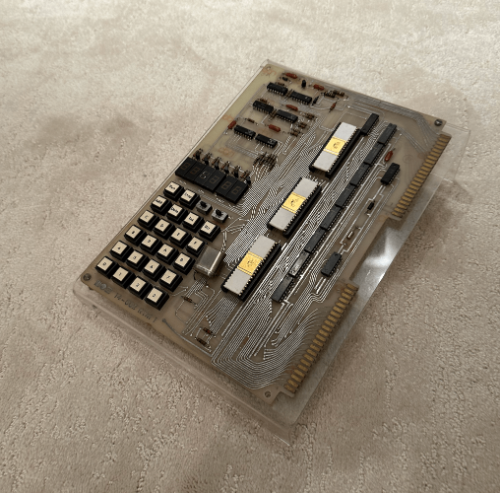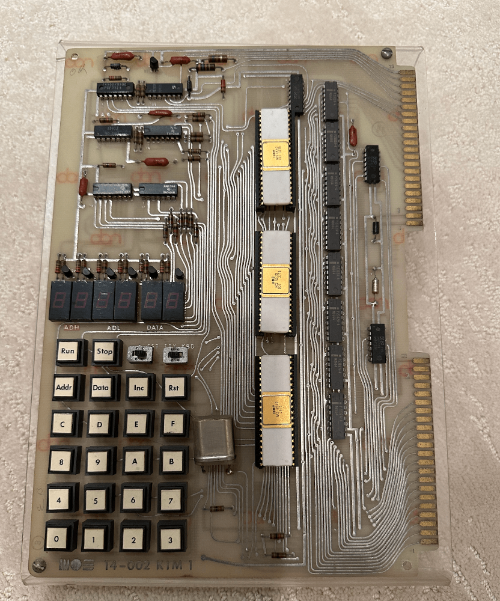
- Screenshot 2024-01-01 at 5.25.27 PM-min.png (463.26 KiB) Viewed 16297 times

- Screenshot 2024-01-01 at 5.25.08 PM-min.png (688.9 KiB) Viewed 16297 times
Our family has an original, exceptionally rare KIM-1 prototype from the 1960s used by the MOS team (
https://en.wikipedia.org/wiki/KIM-1). As well as a repository of original, historical documents from the development of the MOS 6502, the world’s first affordable microprocessor, which powered the Apple I, Apple II, Commodore 64 and PET, the NES, and Atari 2600 and launched the personal computing revolution. A small, subset of the private archive is available for public viewing (
https://www.team6502.org/the-holdt-archives.html).
After the passing of my grandfather, who was the Product Manager for the MOS 6502, my family became interested in selling the original copies of these valuable documents and prototype. Any idea of what these would be worth at auction?
The full repository includes,
Over 100 pages. Three binders labeled N-Channel Physical Considerations, Depletion and Ion, and Int. Doc Wafer Fab 1 — shows the collaborative effort that resulted in the specific 019 process used to create the 6500 family of microprocessors. For example, a report entitled Some Physical Considerations on the N-Channel Silicon Gate Depletion Load "019" Process synthesized that information for the benefit of both the process and design teams at MOS Technology, influencing not only the transistor layout of the 6502 — now hailed as a masterpiece of computer architecture — but the highly technical and intricate 50-step production process used by MOS Technology to produce the world's first affordable microprocessor.
The documents provide a detailed window into the process development and a glimpse into the workings of MOS Technology across a wide variety of other fronts, including P&L, sales, marketing, and the creation of instructional documents that accompanied MOS Technology products — such as the KIM-1, MOS Technology's single board computer — at point of purchase. Finally, there are also notes from brainstorming sessions between MOS Technology engineers, memos relating to various production challenges, MOS testing procedures and results, as well as letters to customers, product manuals, MOS brochures, marketing materials, catalogs of MOS products, a poster for the KIM-1 Board, order forms for MOS products, and more.